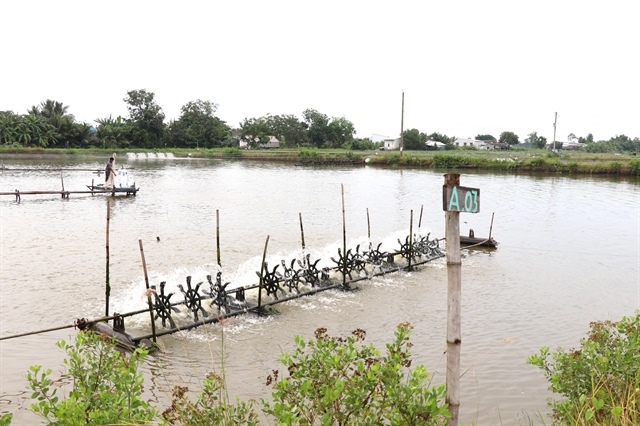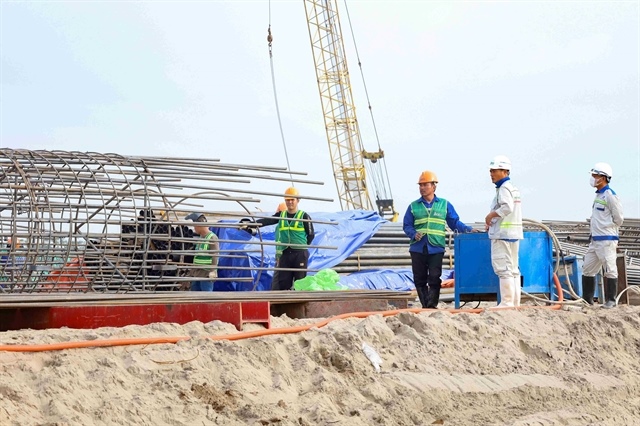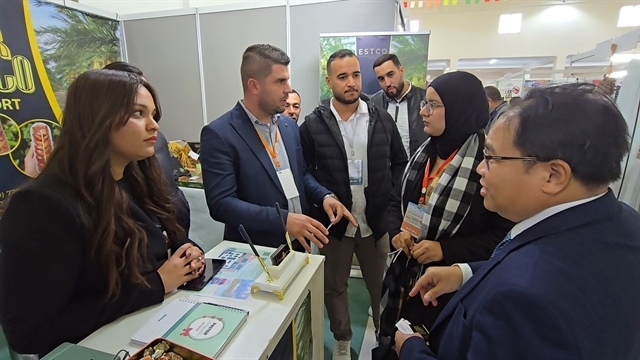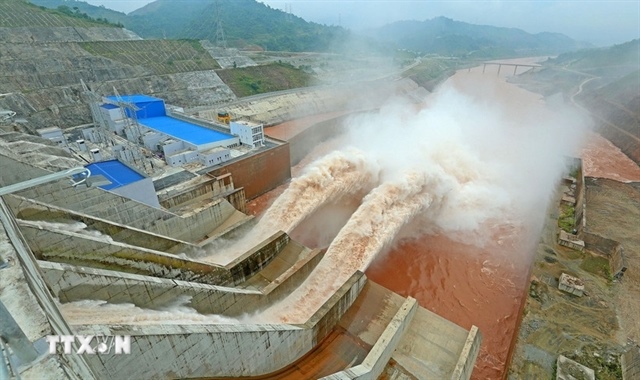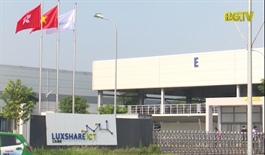New faces in government procurement
New faces in government procurement
European businesses are preparing to join Vietnamese public procurement on the back of the EU-Vietnam Free Trade Agreement (EVFTA). Nicolas Audier, chairman of the European Chamber of Commerce in Vietnam (EuroCham), talked to VIR’s Bich Thuy about future trends in this market.

Nicolas Audier, chairman of the European Chamber of Commerce in Vietnam (EuroCham)
|
The EVFTA, now in effect, is opening government procurement to EU businesses. What preparations have you seen among members of EuroCham members to tap into the opportunities in this field?
Vietnam has one of the world’s highest ratios of public investment-to-GDP. Since the mid-1990s, major infrastructure projects – from hospitals and roads to IT equipment and public utilities – have driven average annual growth of almost 40 per cent in government procurement.
However, Vietnam had never agreed to its government procurement being subject to the World Trade Organization’s Government Procurement Agreement until negotiations on the EVFTA and the Comprehensive and Progressive Agreement for Trans-Pacific Partnership. Now that the EVFTA has entered into force, it opens up important opportunities for European enterprises.
First among these is the fact that EU companies will now be considered to be on an equal footing with Vietnamese bidders when the government purchases goods or services over a specific threshold. Like the tariff lines in the EVFTA, this threshold will also see a gradual reduction from the point the agreement entered into force throughout its implementation period.
Central government procurement will be covered if it is over 1.5 million special drawing rights (or SDRs) – equivalent to about $2.3 million – after the EVFTA has entered into force. This will fall to SDR130,000 ($191,000) after 15 years.
Vietnam has also committed to follow the National Treatment and non-discrimination principles. In practice, this means that it will be publish online and in the public procurement newspaper information on intended procurement. The government will also allow enough time for bidders to prepare and submit their bids, and will assess these bids based on fair and objective principles and on the criteria published in notices and tender documentation.
Meanwhile, a new regime should help to better settle complaints and disputes. In other words, the EVFTA will help to ensure fair and transparent government procurement bidding processes for EU investors in Vietnam, similar to other countries with which the EU has an FTA.
Of course, the current COVID-19 pandemic has impacted investment plans of companies around the world, including in Europe where we continue to see countries across the continent affected. This is reflected in EuroCham’s Business Climate Index – our quarterly survey of business leaders – which shows that European companies remain cautious about investment plans in the next quarter.
Nevertheless, Vietnam’s large and growing public procurement offers significant opportunities to EU investors, not least because Vietnam is one of the few countries predicted to see strong economic growth in the near future.
Which are the sectors attracting EU investors most in government procurement, and what possible future trends do you foresee?
Now that the EVFTA is in force, EU companies are able to bid for public procurement contracts on the same terms as Vietnamese enterprises with a range of state organisations. This includes all central-level Vietnamese ministries, where public procurement projects could include new infrastructure such as roads or ports.
EU companies will also be able to bid for contracts at 34 hospitals under the control of the Ministry of Health, two major universities, and two major research institutes.
Goods procurement is also covered under the EVFTA, with exceptions for some agricultural products and some low-value manufactured goods. Meanwhile, for services procurement, Vietnam has offered a range of sectors such as construction, dredging, and computer-related services which will be attractive to EU enterprises.
The Ministry of Planning and Investment is completing documents guiding implementation of the country’s EVFTA commitments in government procurement. What benefits can EU firms expect, and what may be the barriers in regards to this?
European companies look forward to benefiting from the government procurement provisions of Chapter 9 of the EVFTA. From a legal perspective, some aspects of the provisions are provided for in Vietnamese law, while others – such as the use of electronic means – remain to be regulated in domestic legislation.
In general, the Law on Bidding covers the main issues outlined in Chapter 9, and Vietnam has not permitted foreign tenders to participate in government procurement projects using the state budget that fall outside the scope of this law.
The World Bank, in its recent and comprehensive report on the EVFTA, while noting that the Law on Bidding covers the main issues in Chapter 9, also highlighted that there could be some differences between Vietnam’s legal framework and the EVFTA.
The World Bank recommended that Vietnam issues a guiding document to address this, and I am sure investors and enterprises would appreciate such a move.


